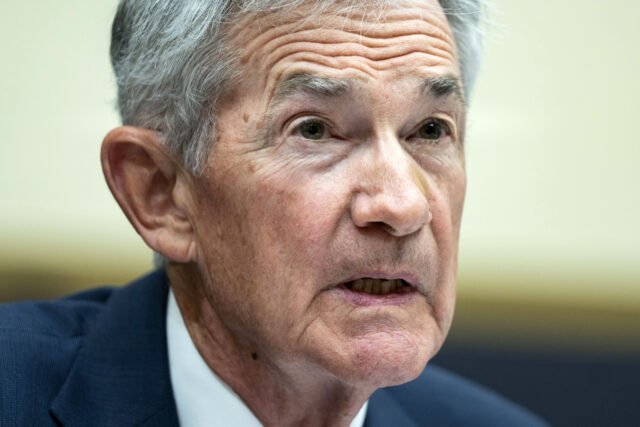The prices paid by customers of businesses in the United States unexpectedly surged in June, undercutting confidence that inflation might be waning.
The producer price index (PPI) rose 0.2 percent last month, according to data released by the government on Friday. This was twice the increase expected by economists.
The prior month’s prices were revised up, erasing what had been shown as a slight decline. According to the revised May PPI, prices were flat in the month instead of declining 0.2 percent.
Compared with a year ago, the PPI is up 2.6 percent. Economists had forecast a 12-month rise of 2.3 percent. The prior month’s year-over-year figure was revised from 2.2 percent to 2.4 percent.
The figures indicate that producer inflation accelerated in June.
Core PPI, which excludes food and energy prices, rose even more, jumped 0.4 percent. That was twice what economists had forecast. The prior month’s estimate was revised up from flat to a 0.3 percent increase.
On a 12-month basis, core prices are up three percent, a big jump from the upwardly revised 2.6 percent year-over-year increase in May. The May figure was originally reported as a 2.3 percent increase.
This is the largest year-over-year increase in PPI in over a year and the sixth consecutive increase for the index.

So-called core-core prices, a measure that excludes the often-volatile food and energy prices as well as profit margins at wholesalers and retailers, were unchanged.
The prior month’s core-core figure was revised up from flat to a gain of 0.2 percent. The annual figure for May was revised up from a 3.2 percent gain to 3.3 percent.
The PPI report undercuts hopes of declining inflation created by Thursday’s report on the consumer price index, which came in lower than expected for the second consecutive month.
Where the consumer price index captures what consumers pay for goods and services produced at home and abroad, the PPI is limited to prices paid to domestic producers but includes prices paid by businesses and government. It is often mistakenly called a “wholesale price index” but it has no particular connection to wholesale prices.

COMMENTS
Please let us know if you're having issues with commenting.